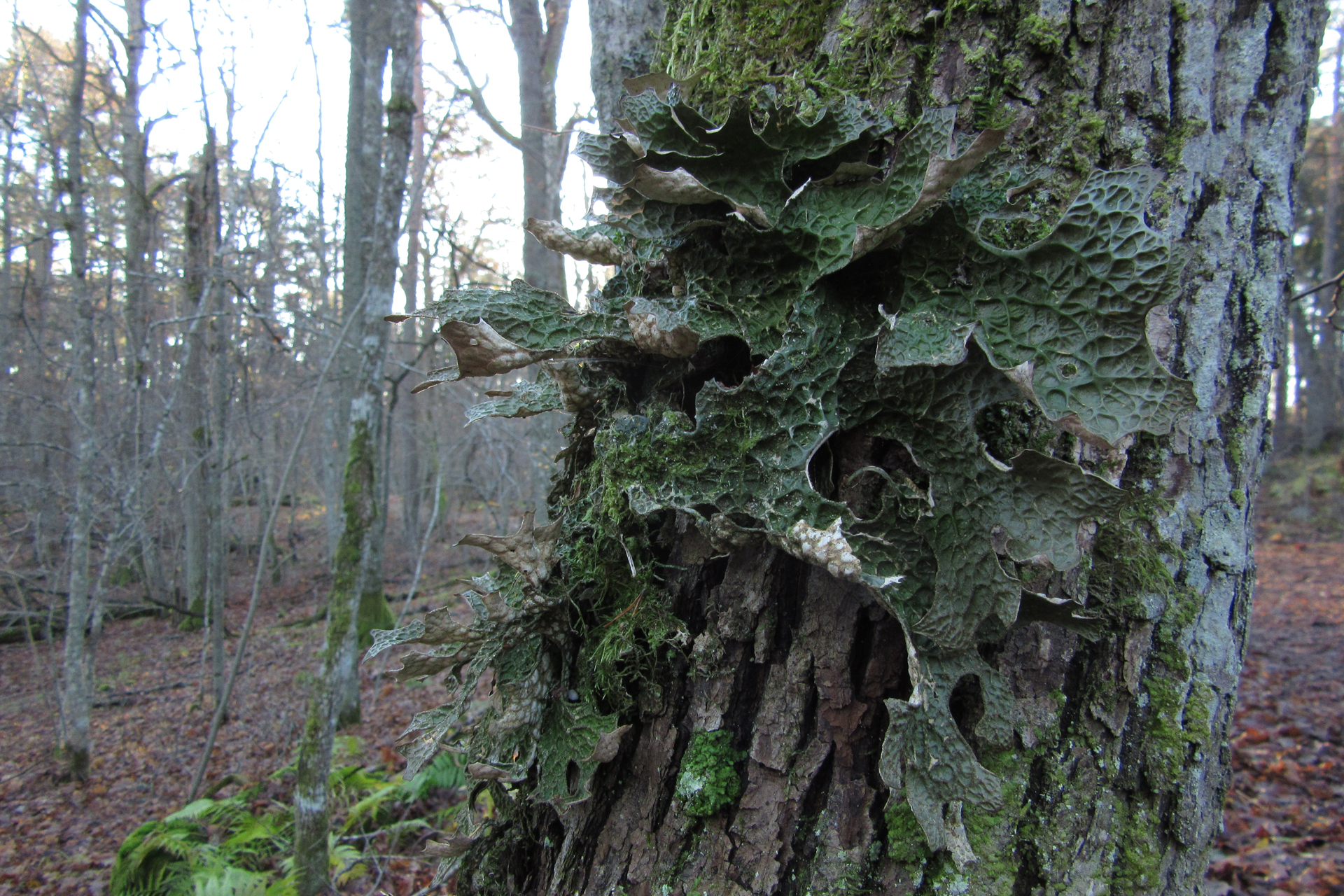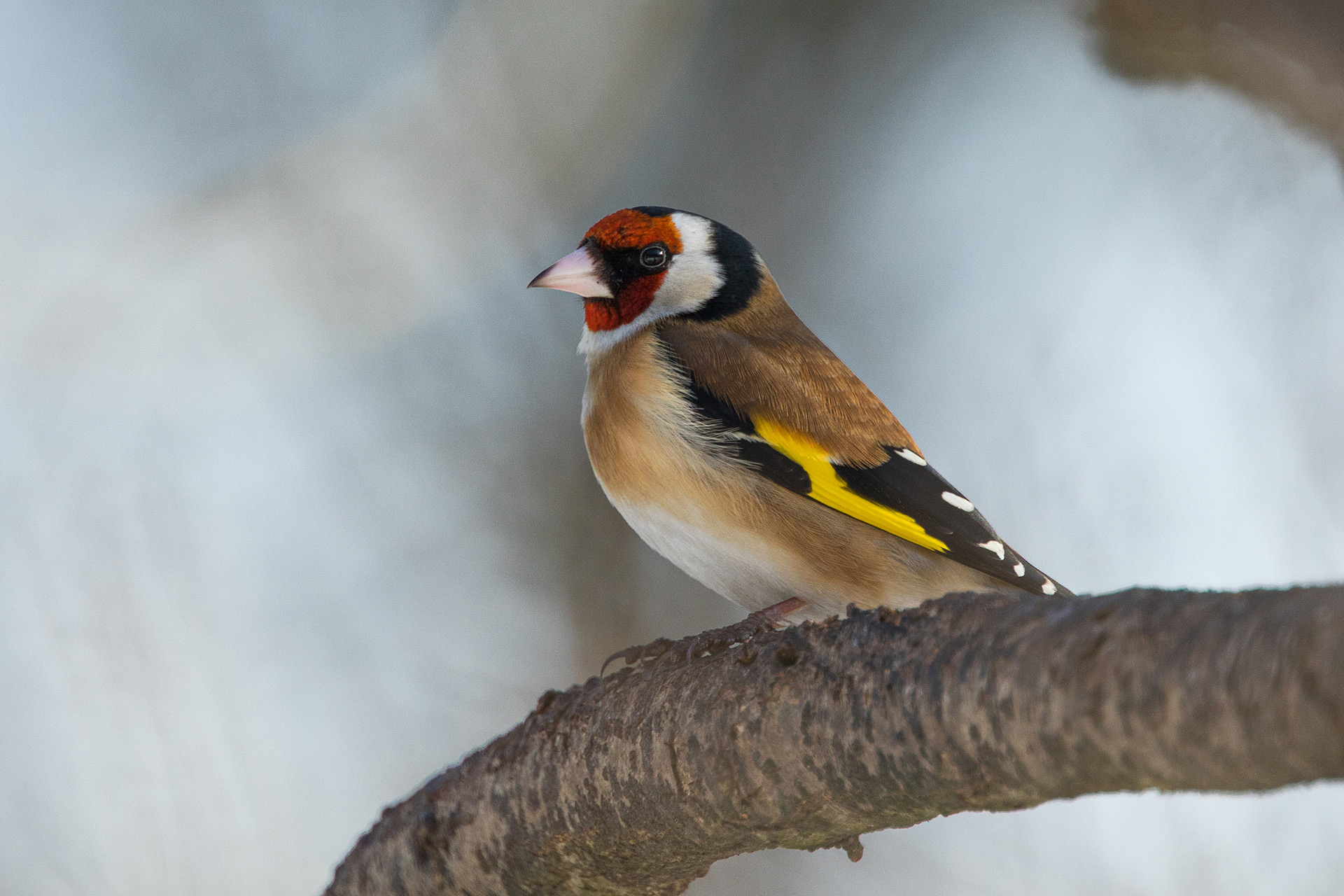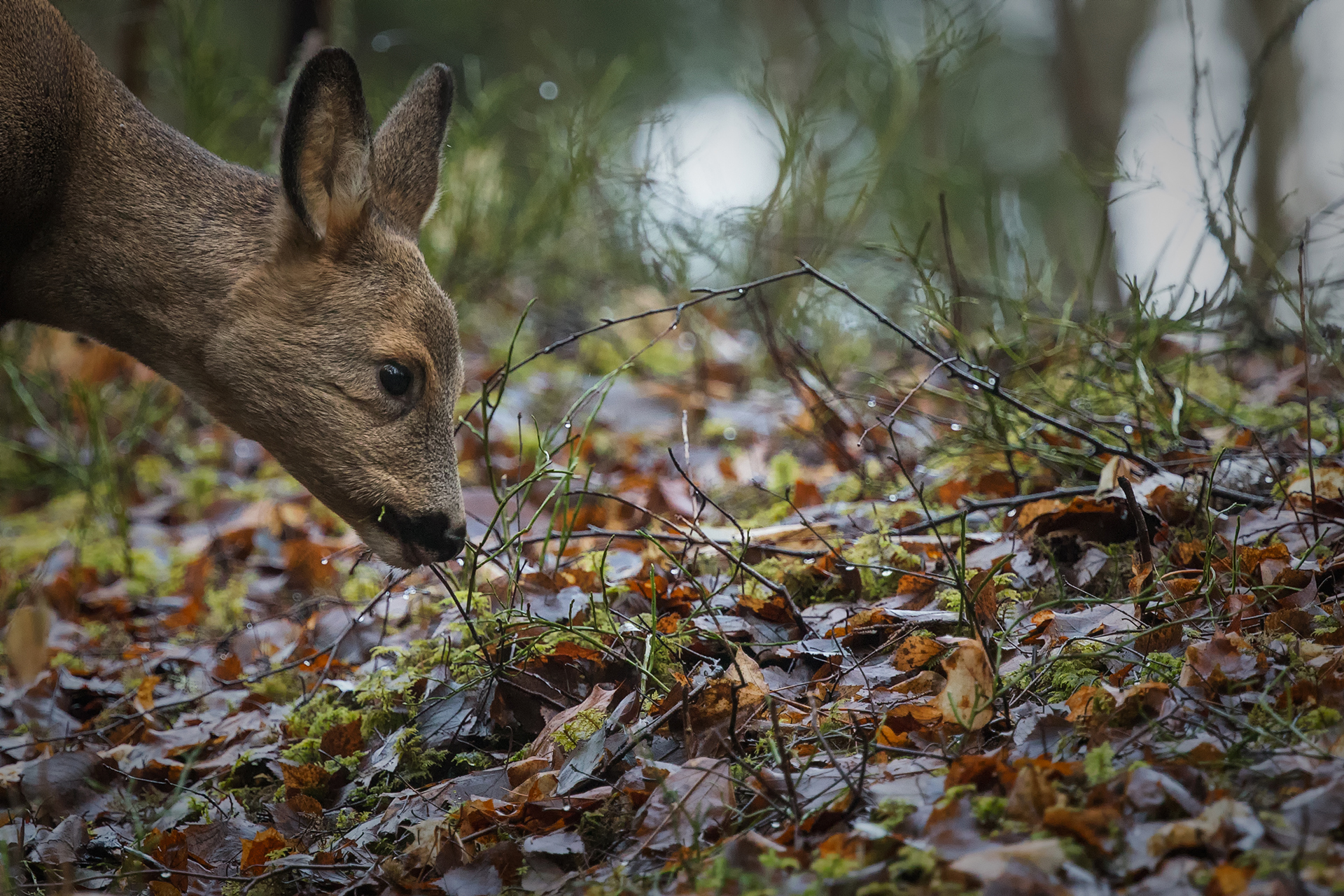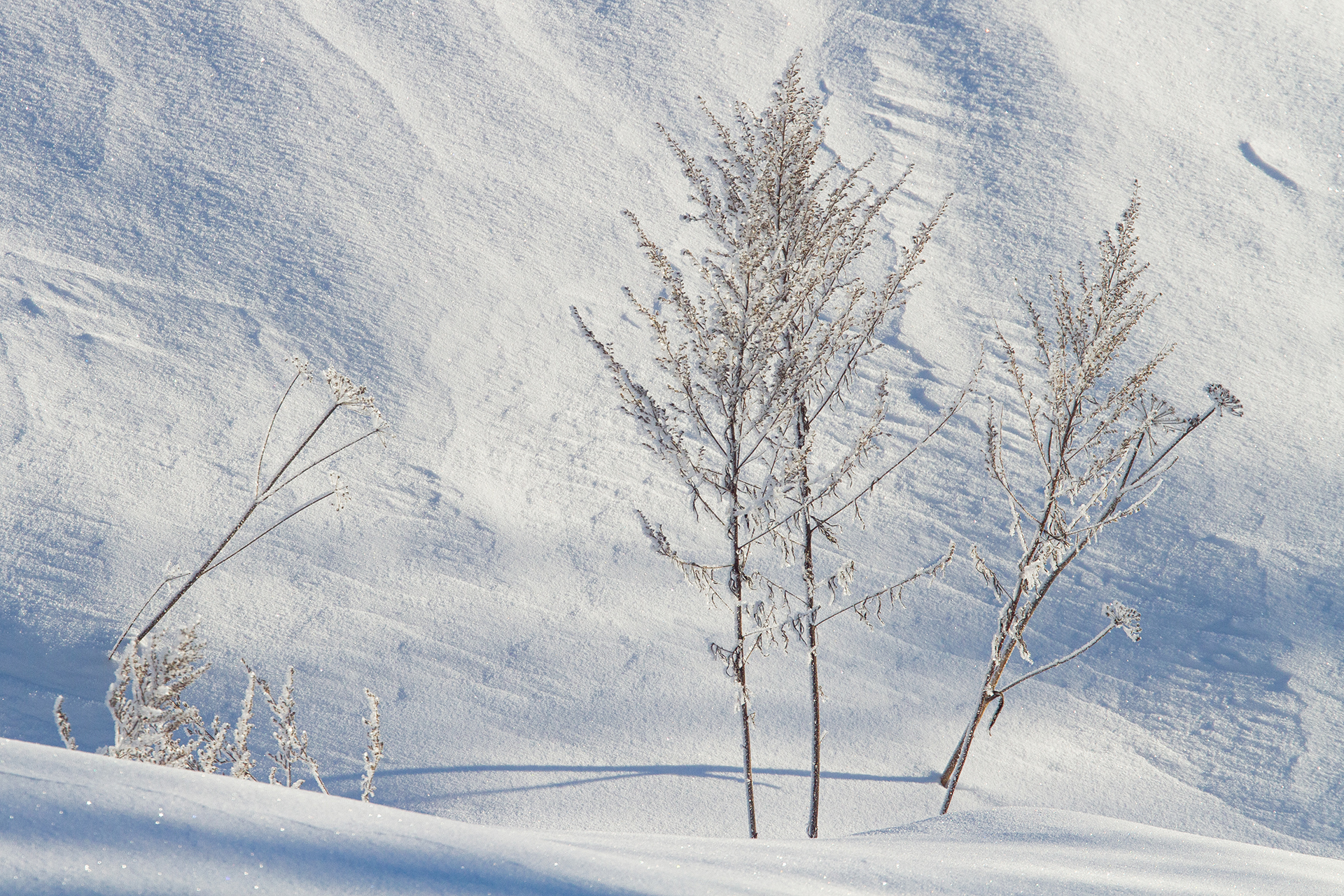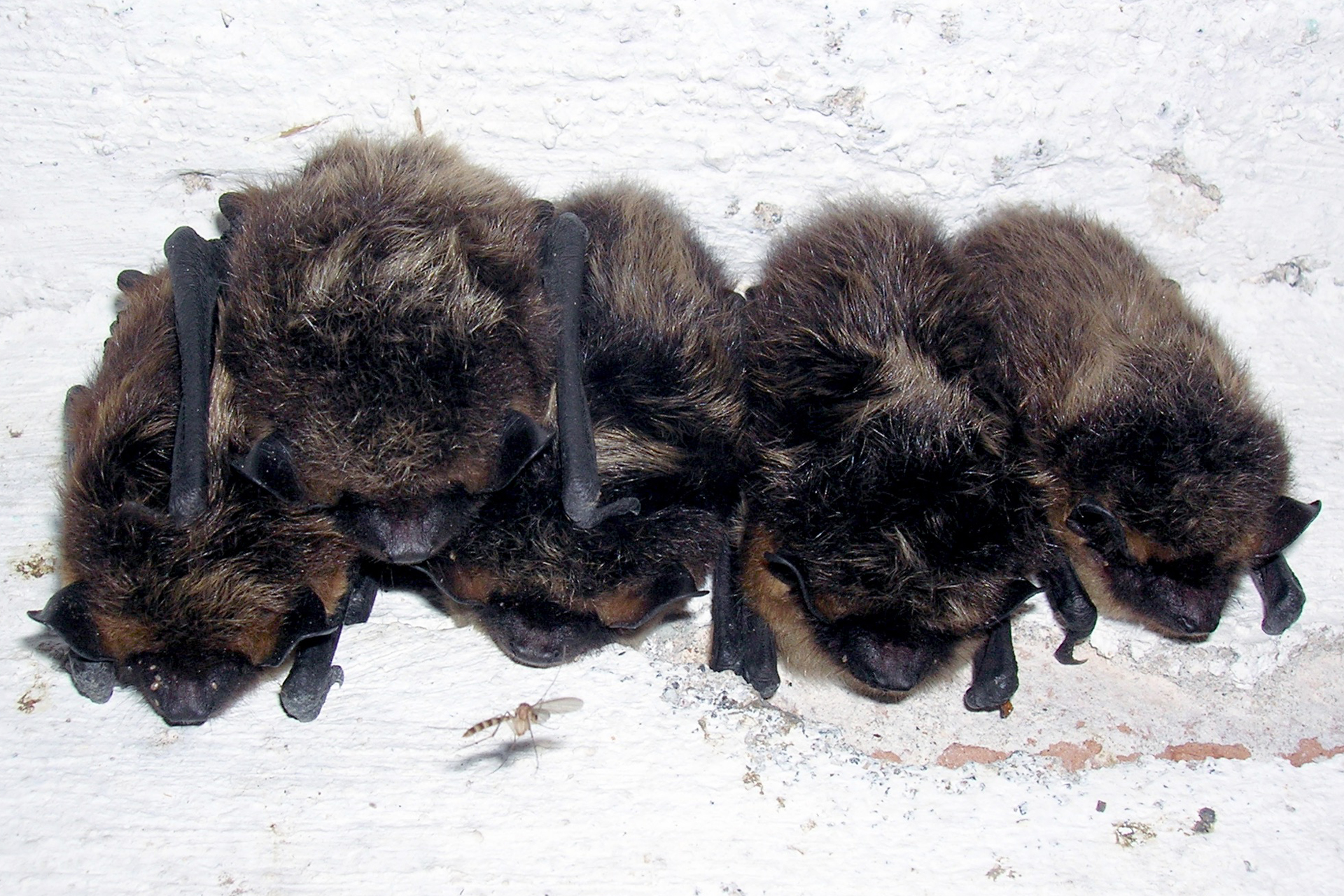Oak trees overwinter by entering a dormant state
The sturdy English oaks stand silently in the winter snow, with the wind bending their leafless branches. Winter is an unfavourable time of year for broadleaved trees: cold, dark and dry. Luckily trees have adapted to prepare for winter in good time by storing energy for the next growth season, dropping their leaves and dehydrating their cells. This process, also called cold hardening, ends with the trees entering a dormant state, which allows them to survive even extremely cold temperatures. Unlike other broadleaved trees, English oaks have a habit of leaving some or even nearly all of their leaves on for winter, which is why it is not uncommon to see oak trees sporting leaves stained brown by the cold on Ruissalo in winter. Even these individuals, however, have new buds ready and waiting for spring at the ends of their branches, in addition to which there are thousands of winter-resistant acorns on the ground that the oaks dropped back in autumn.
